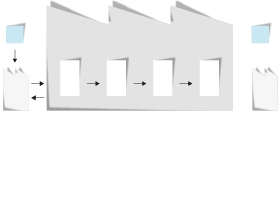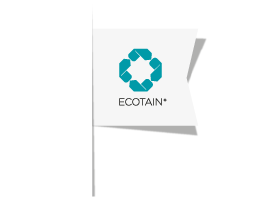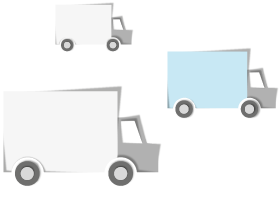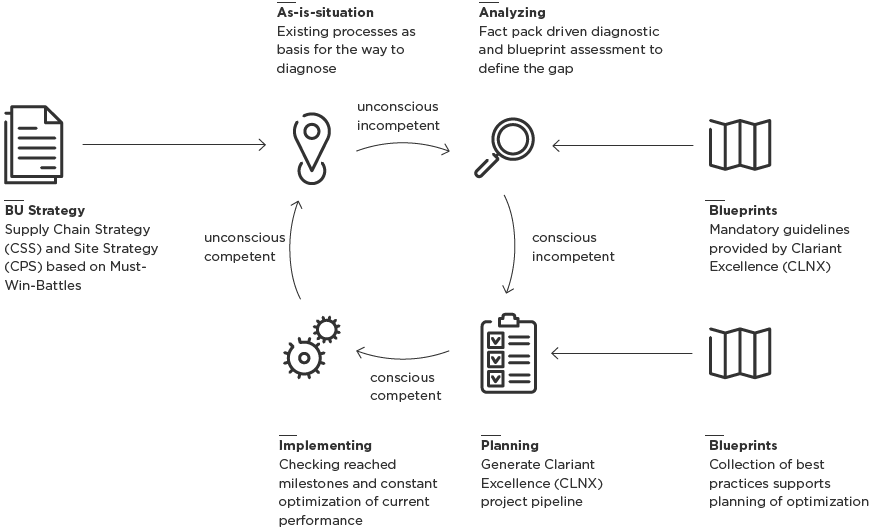Clariant’s Inventory Health Check program is a key initiative to optimize cash flow in the Customer to Cash phase. The Inventory Health Check starts with an analysis of inventory performance indicators to determine the health status of a Business Unit’s inventories. With the assistance of experts from the Business Unit, it then pinpoints inefficiencies, identifies appropriate measures to improve inventory performance while ensuring high customer service levels, and determines the roadmap to improve the conversion of EBITDA to cash.
»The Inventory Health Check improved our inventory levels and cooperation with the Clariant Supply Chain System team is excellent.«
John Dunne
Head of Business Unit Oil & Mining Services
Inventory Health Check pilot projects carried out jointly between Clariant Operational Excellence and the Business Unit Oil & Mining Services have successfully optimized inventory levels. For example, after an Inventory Health Check at Oil & Mining Services in Latin America, stock levels dropped significantly without affecting on-time, in-full delivery. In fact, the IFR (inventory fill rate) – the fraction of customer demand that is met through immediately available stock – has increased steadily since the Inventory Health Check measures were implemented.
Based on the impact of the pilot projects, a number of additional projects across multiple Business Bnits have been conducted in Europe, the Americas and Asia were further success stories have been written. This includes a 50% inventory reduction within a 12 months’ period for a project in North America.






